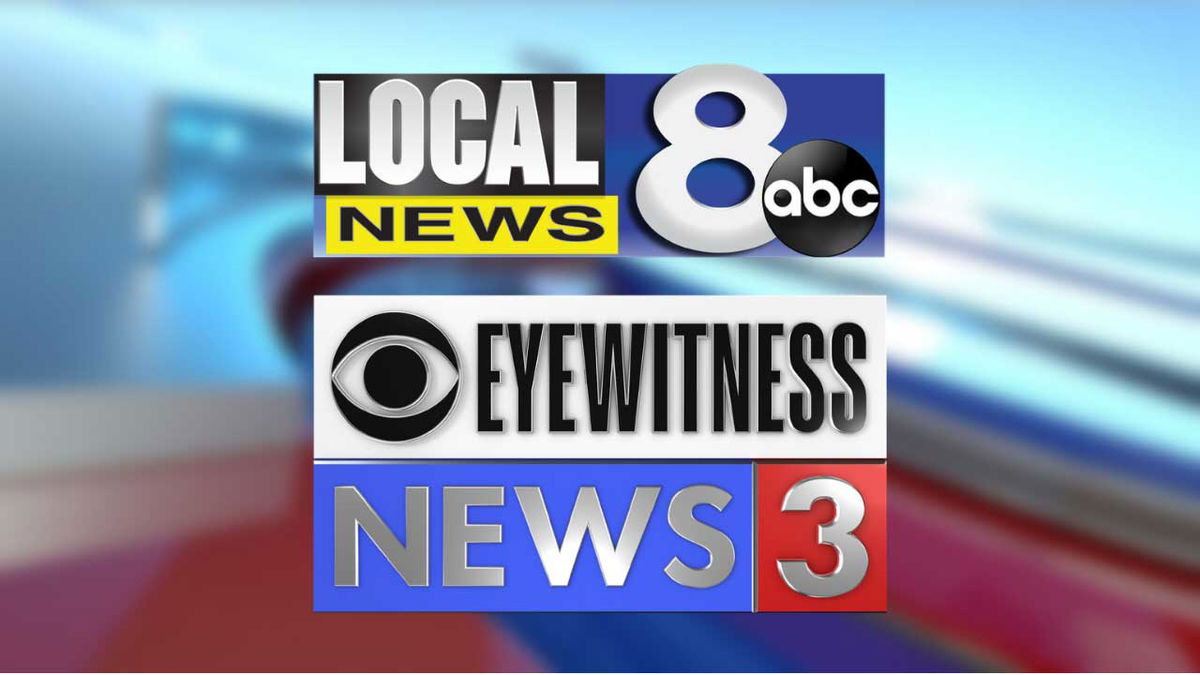Northern lights might be visible this week, but most of the US won’t see them

By MADDIE BURAKOFF
AP Science Writer
NEW YORK (AP) — The northern lights could put on a show this week — though the audience will be much smaller than some early forecasts had suggested.
The sky spectacle will be fairly typical: Stretches of Canada have a chance to spot the shimmering curtain of the aurora borealis, while a few in the U.S. could see a faint reddish glow on the horizon. Here’s what to know about the updated predictions.
WHO CAN SEE THE LIGHTS THIS WEEK?
An early forecast by the University of Alaska Fairbanks Geophysical Institute, using data from the National Oceanic and Atmospheric Administration, suggested that the northern lights could be visible much farther south than usual this week. But that forecast was based on long-term predictions about the solar activity responsible for the display. Forecasts using more current data from NOAA predict nothing special for the U.S.
“For the same reasons that it’s hard to predict weather on Earth, it’s hard to predict weather in space,” said Northeastern University physicist Jonathan Blazek.
In North America, the predictions show a broad stretch of Canada and Alaska could see the northern lights overhead Wednesday and Thursday. Those in small slices of the contiguous U.S. — including parts of Wisconsin, Michigan and Montana — could also get a peek. But for them the aurora will probably be a “faint glow on the horizon,” rather than a shimmering green curtain, said Lt. Bryan Brasher, a project manager for NOAA’s Space Weather Prediction Center.
For those in range, seeking out clear, dark skies between 9 p.m. and 3 a.m. will give the best chance to see the aurora’s colorful glow.
WHAT CAUSES THE NORTHERN LIGHTS?
The northern lights happen when particles from the sun make their way toward Earth and collide with our planet’s atmosphere.
The sun is constantly sending material our way in a stream known as the solar wind. These particles carry an electric charge, and when they bump into gases such as oxygen and nitrogen in the Earth’s atmosphere, they transfer some of their energy — “like two billiard balls hitting each other,” Brasher said.
This puts the atoms and molecules in an excited state. They shake off some of that energy in the form of light, creating the colorful displays of greens, blues, pinks and reds.
This solar wind is always flowing, but its levels can vary.
“There are solar storms where you get more particles than usual. It’s windier than usual,” Blazek said. “There’s also periods when it’s fairly quiet.”
It’s during those periods of stronger solar wind activity when we tend to see more auroras, Blazek explained. More solar particles can make the northern lights brighter and also push them down toward the equator — giving people farther south a view.
Sometimes, the sun also shoots out huge amounts of plasma in what’s known as a coronal mass ejection, Brasher said. If one of these outbursts hits Earth, even in a “glancing blow,” it can disturb our planet’s magnetic field and also cause shimmering auroras.
HOW IS IT PREDICTED?
Scientists are constantly monitoring the sun using telescopes on Earth and in space in part because space weather can impact radio communications, satellites, power grids and more, Brasher said.
The sun spins on its axis once every 27 days. So, if scientists notice a spot with high activity, they might get a hint that it could come back around in a few weeks, he said.
But conditions can change by the time the sun makes a full rotation. Even then, there are so many factors at play that it can be hard to be sure about what’s to come.
Generally, the sun’s activity is “on the up-and-up” as we’re heading toward a solar maximum in the next couple of years, Brasher said. So we may be seeing more solar storms soon — which will mean more northern lights.
“Everyone should stay tuned, because we probably have a lot more coming,” Brasher said.
___
The Associated Press Health and Science Department receives support from the Howard Hughes Medical Institute’s Science and Educational Media Group. The AP is solely responsible for all content.
